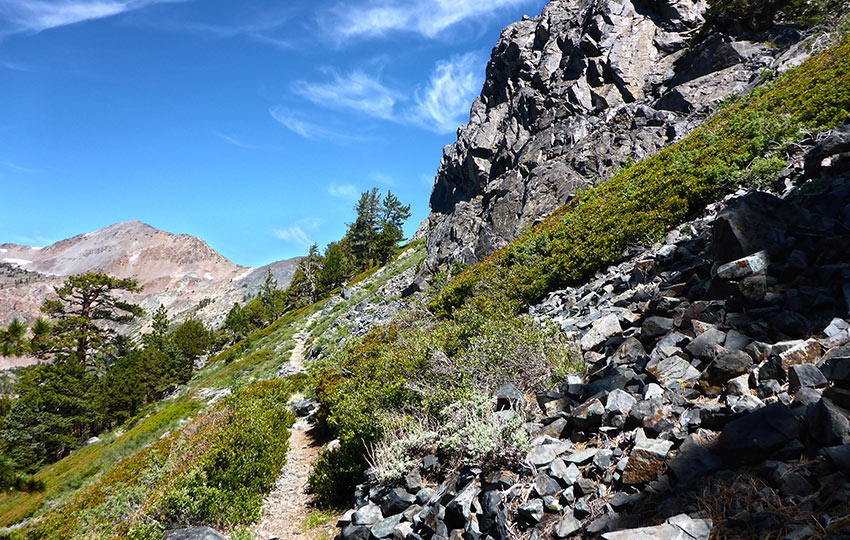
Up to this point I’ve discussed the importance of selecting a goal for your next backcountry trip, as well as how to determine whether or not it’s a SMART goal. In this installment, I provide an overview of a basic 7-step decision-making process that will enable you to appropriately plan for and execute a longer backcountry excursion.
As a 2014 Tahoe Rim Trail thru-hiker, I’ve often been asked how to go about planning for and preparing to hike the Tahoe Rim Trail. So, for the remainder of this series of articles I will use thru-hiking the Tahoe Rim Trail as the goal.
Support Tahoe Trail Guide with a financial contribution via PayPal (single contribution) or Patreon (reoccurring contributions). Your support of Tahoe Trail Guide is very much appreciated!

Please note I’ve written this article primarily to give you an overview of the decision-making process. In subsequent blogs using this process as the framework, I will go into greater detail of the specifics for planning a Tahoe Rim Trail thru-hike.
I understand this may all seem a bit much and too “down to business” for some people. However, every large-scale goal that’s been achieved has gone through tons of planning and preparation because those who were undertaking it wanted to ensure they would have the greatest possible chances of success.
In fact, when looking closer at this widely used decision-making process, you’ll notice that you don’t even begin the physical execution of your goal until step six!
This shouldn’t come as a surprise to anyone who has ever played a sport, given a presentation, or prepared for a big exam. To those people it should be common knowledge that performance is essentially the result of countless hours of training and preparation and constitutes, at most, about 10% of your time (with preparation taking closer to 90% of your time).
I say this not to discourage you, but rather to hammer home the point that the average person seeking to complete the entire Tahoe Rim Trail in one shot should perform some in-depth planning and preparation before setting foot on the trail.
The seven basic steps of the decision-making process are:
- Choose your goal
- Gather information about your goal
- Evaluate the information and consider options and alternatives related to your goal
- Choose the best option(s) to achieve your goal
- Make a plan for achieving your goal
- Execute the plan and achieve your goal
- Review the results of achieving your goal
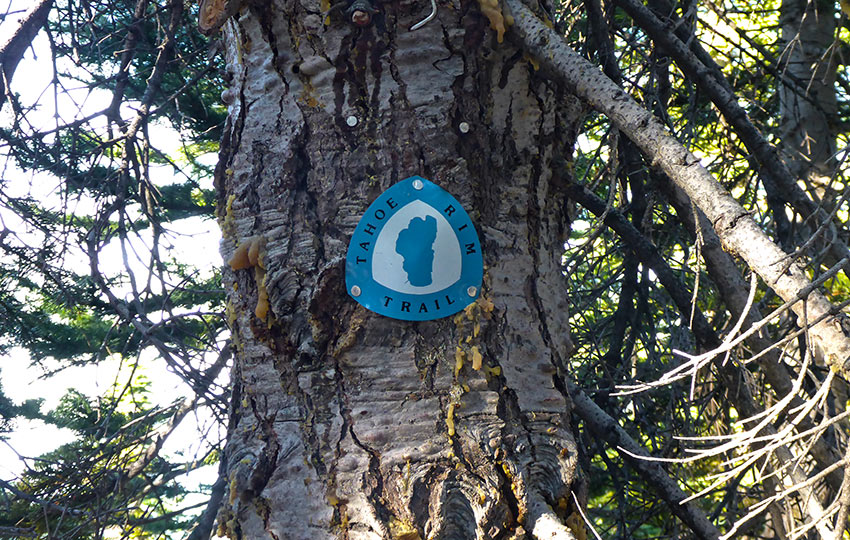
1) Choose Your Goal
Picking a goal is the first step in the decision-making process. Refer back to the previous article in this series, Planning Your Backcountry Trip (Part 2): Smart Goals, to gain a better understanding of choosing SMART goals.
But as I mentioned, for the purpose of these articles, I’ve selected the goal of thru-hiking the Tahoe Rim Trail.
2) Gather Information about Your Goal
Gathering relevant information and performing adequate research about your goal is one of the most important factors that will determine whether or not you succeed in your endeavor.
Simply put … without enough information your decision-making process is reduced to guesswork. This is not a recipe for success.
Once you’ve chosen a goal, gather all the information you can find about the subject in order to make better decisions.
For example, while collecting information you might discover that your goal doesn’t meet certain SMART criteria. Therefore, you may want to change or modify your goal or even throw it out completely.
Sometimes you won’t find much information regarding your goal. The reasons may be that no one else has ever thought of it, or that people determined it either wasn’t possible to accomplish or just not worthy of an attempt. This may also be a result of having too specific of a goal.
Other times you may find that there’s far too much available information. This might be the result of your goal being extremely popular or not challenging enough. Neither of these mean that your goal is unworthy of your attempt for we all have our own unique sets of skills and limitations, after all.
You may want to be more specific about your goal, however, or even add some type of twist to it to make it your own.
From a research perspective, if you find way too much information you’ll need to refine your search parameters. This, again, is easier to accomplish when you have a specific goal in mind.
One of the pitfalls you may encounter, particularly when finding too much information about your goal, is to get trapped in the research phase. You’d be surprised at how easy it is to succumb to this phenomena. Hopefully, the reason you get bogged down in the research phase is because there’s so much information available.
The other reason is less desirable which, I believe, is more common than any of us would like to admit. That is, we fall in love the idea of the goal rather than actually accomplishing the goal itself.
Regardless, at some point you just need to say enough is enough and move on to the next step. Otherwise, you’ll never get on with your goal.
Gathering information is easy thanks to the internet. You obviously need to be wary of the sources. However, if you exhibit any kind of rational thought this shouldn’t be challenging.
In addition to performing online searches, I recommend seeking out and interviewing those who have gone before you with regard to your goal. First-hand accounts are invaluable and probably far more relevant than general sources.
Prior to leaving for my 1999 thru-hike of the Appalachian Trail, the only resources I had were a friend who had thru-hiked the AT and two books. Mind you, this was well before the internet was what it is today.
To my chagrin, I paid more attention to the books instead of my friend. As a result, like many first-timers on a long-distance trail, I wound up carrying way too much gear early on.
I can’t fault the authors of those books. They were simply being thorough. But, carrying every piece of gear to address every possible backcountry scenario ultimately yields a very heavy backpack.
Other potential resources include:
- Forest Service and other land management agencies
- Backcountry and mountain organizations
- Wilderness education classes and programs
- Outdoor recreation businesses and their employees
By performing research (which usually only costs you time), you increase the chances of achieving your goal. At minimum, you save yourself a lot of time, money, and resources by determining whether or not your goal is appropriate or worthwhile.
Although I cover this topic in more detail next installment, to get you started, some specific sources I recommend using when researching information about thru-hiking the Tahoe Rim Trail (other than this website) are:
- Tahoe Rim Trail Association
- Tim Hauserman’s book titled Tahoe Rim Trail: The Official Guide for Hikers, Mountain Bikers, and Equestrians #ad
- Tom Harrison’s Tahoe Rim Trail Map #ad
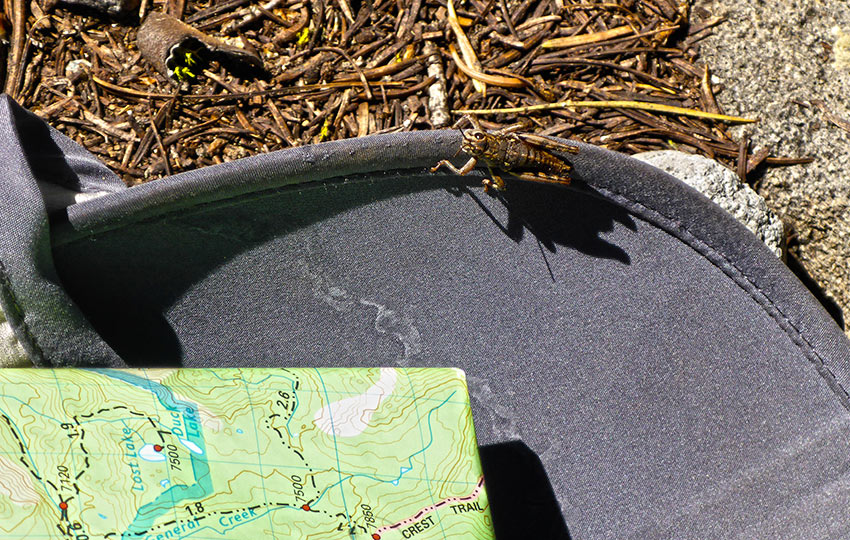
3) Evaluate the Information and Consider Options and Alternatives Related to Your Goal
Once you have enough information gathered, take time to sift through it. Some of the things to consider when evaluating the information are:
- When was it created or published (i.e. how old is that blog or book, and is it still relevant)?
- Is the information appropriate for your fitness and skill level (i.e. are you novice hiker trying to learn ultra-light backpacking techniques, which are often predicated on having a thorough understanding of backpacking gear and protocol)
- How reliable/credible is the source (i.e. did you talk to the employee at the chain sporting goods store or the person who works at the niche mountain store that specializes in backcountry travel)?
- Is there an agenda behind the information (i.e. are you somehow viewed as a “competitor” and the person or source is essentially leading you astray or telling you to back off)? I’d hate to believe this would ever be the case, but how many fisherman do you know that are willing to give up their secret fishing holes or backcountry skiers that want you to find their secret powder stashes?
After you’ve refined your research materials to the most relevant sources, consider all options objectively. Just because something looks like it will work, doesn’t mean that it will be your best option.
Again, carrying just enough gear and food to get you to your destination is one thing but if you have very little experience in the backcountry, “ultra-light” backpacking is probably not for you (yet). You have to weigh your strengths and weaknesses against the data.
If you’ve researched your goal thoroughly, however, most likely you’ll discover that there are many ways to achieve your goal. You’ll probably find some approaches that are more appealing than others. Fantastic!
The whole point of the research phase is to gain a clearer understanding of what you are attempting to accomplish.
Lastly, keep in mind that at this stage you may again decide to change your goal or start from scratch based on your evaluation of the information.
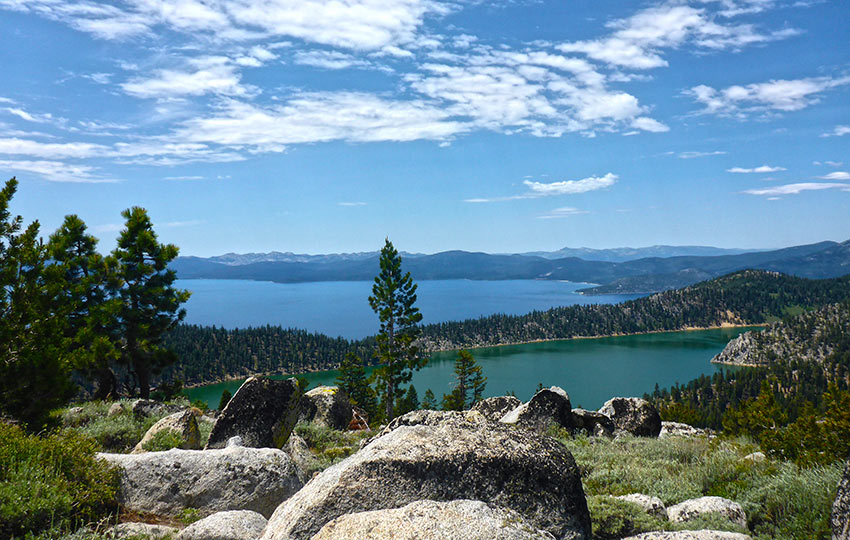
4) Choose the Best Option(s) to Achieve Your Goal
Once you’ve thoroughly analyzed the information and weighed the pros and cons of your options, it’s time to pick one option and commit to it. Of course, you should always establish contingency plans for emergencies. However, these are alternatives to the primary option. They should be treated as such.
Unless certain obstacles present themselves, stick to the plan.
Interestingly, this step in the decision-making process can be the most difficult for people to overcome because instead of simply committing to a decision and moving forward, they worry and obsess over choosing the “wrong” option. They second-guess themselves and become mentally paralyzed (aka analysis paralysis) to the point where their anxiety becomes so great they can’t make any decisions.
So long as you’ve done the research and thoroughly vetted the information, you should feel confident in your decision. And, the amazing thing about committing to a choice is that you ultimately give yourself permission to completely focus all your energy and resources on achieving your goal.

5) Make a Plan for Achieving Your Goal
Now that you’ve clarified your goal, gained a working knowledge of what needs to happen in order to achieve your goal (thanks to all of the research you performed), and have selected a primary option in which to achieve your goal, it’s time to develop the actual plan.
Your plan will most likely reflect the complexity of your goal (i.e. simple goal = simple plan and vice versa). Regardless of your goal’s complexity, though, more than likely there will be a logical sequence or process to achieving it.
In our example, we’re planning to thru-hike the Tahoe Rim Trail which means we’re going to hike a set number of miles over the course of a finite number of days during a specific time of the year.
We’ll need a certain amount of food and water to sustain us each day. And, we’ll need appropriate clothes and gear, as well as to have contingency plans in case of emergency.
Again, this is just an overview so I won’t get into the nitty gritty details here, but when undertaking a backcountry trip such as this I prefer to work in reverse. What I mean by this is that I like to know where I need to end up overall (and on a daily basis), then I count backwards the days and miles while looking at the calendar and the map. From there I can determine my food, water, and gear requirements.
So, sit down with the calendar, map, and a notepad and start jotting down all the steps and supplies (then start to acquire them) you can think of to accomplish your goal. These are your benchmarks or milestones to measure your progress. These benchmarks should be associated with times and dates (hence the calendar).
Essentially you’re breaking down the overall goal into manageable sized steps, or chunking it down. The idea is that so long as you’re hitting the smaller goals, you’ll eventually achieve the overall goal.
I prefer to operate in this manner because hitting daily goals is much less daunting than thinking about all the miles left to hike (on a longer trip). Also give yourself some buffer space by factoring in extra time for when you have to run into town to resupply, don’t make your miles on a given day, or in case of accidents or unforeseeable circumstances.
It’s a great idea to get feedback regarding your plan from someone who has more experience than you. I’ve been called upon by friends and customers to give them advice about their upcoming trip(s), and I often find that people tend to overestimate the number of miles they’re going to hike per day as well as the amount of food and gear they’re going to need.
Unless you’ve backpacked hundreds, if not thousands, of miles it’s difficult to know what you’re capable of or are going to need for a sustained journey.
Lastly, be sure to share your plans with people who will call in the cavalry if something goes awry.

6) Execute Your Plan and Achieve Your Goal
The day has come where you finally get to execute your plan! And, although you do have a goal in mind and a plan to achieve it, beware of becoming target-fixated on the goal. You do want to monitor your progress, but you don’t want to obsess over each mile and how much more you have to go.
Treat your plan (and goal) as a framework from which to explore the world while remaining on track to ultimately arrive home safe and sound and with a grand tale to tell.
Along the way you’ll complete some of your smaller steps sooner or later than planned. When that’s the case, be flexible enough to either go a little slower the next few days or make up the missed miles in the days to come, or possibly re-evaluate your end date.
Be sure to communicate any logistical changes such as dates or resupply points with your support personnel (or you better push to make up those miles lest your people go into panic mode).
Take plenty of photos and notes about your experience in order to preserve your memories, as well as to have some “data” for later use in evaluating your overall progress, plan, and goal.
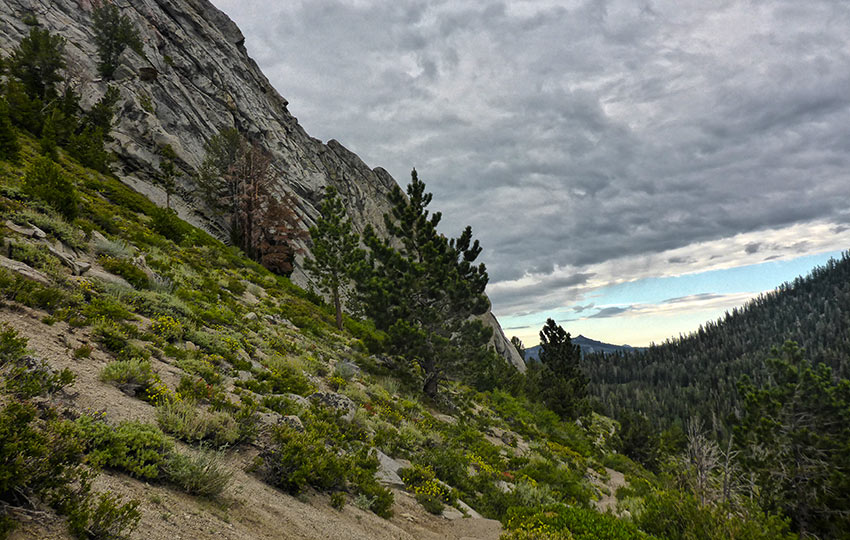
7) Review the Results of Achieving Your Goal
If you haven’t already been keeping notes or documentation of your experience, sit down when you return home with a notepad and write down your thoughts and ideas about the experience while the information is fresh in your mind. Try to jot down as much as possible. Then, then take some time off from thinking about it. A few days later, return to the notepad with any new memories or thoughts you’ve had.
Be sure to share your photos and insights with friends and families on social media. However, try to refine your “presentation” to less than a dozen of your best pictures and a few paragraphs of text. I realize it can be hard to hear, but nobody wants to see 16 variations of the same basic photographic composition.
And, when your Facebook friends see the +73 on that photo album you just uploaded, trust me, everyone is going to look at the first five pictures and then move on. Editing is the name of the game. The more you do it, the more positive a response you’ll receive.
Planning Your Backcountry Trip Core Series of Articles:
- The Importance of Establishing a Goal for Your Backcountry Trip
- SMART Goals and Your Backcountry Trip
- The Decision-Making Process and Your Backcountry Trip
- Gathering Information for Your Backcountry Trip
- Evaluating Information and Choosing the Best Option for Your Backcountry Trip
- Planning and Preparing for Your Backcountry Trip
- Executing Your Backcountry Trip Plan
- Returning Home and Post-Backcountry Trip Analysis
